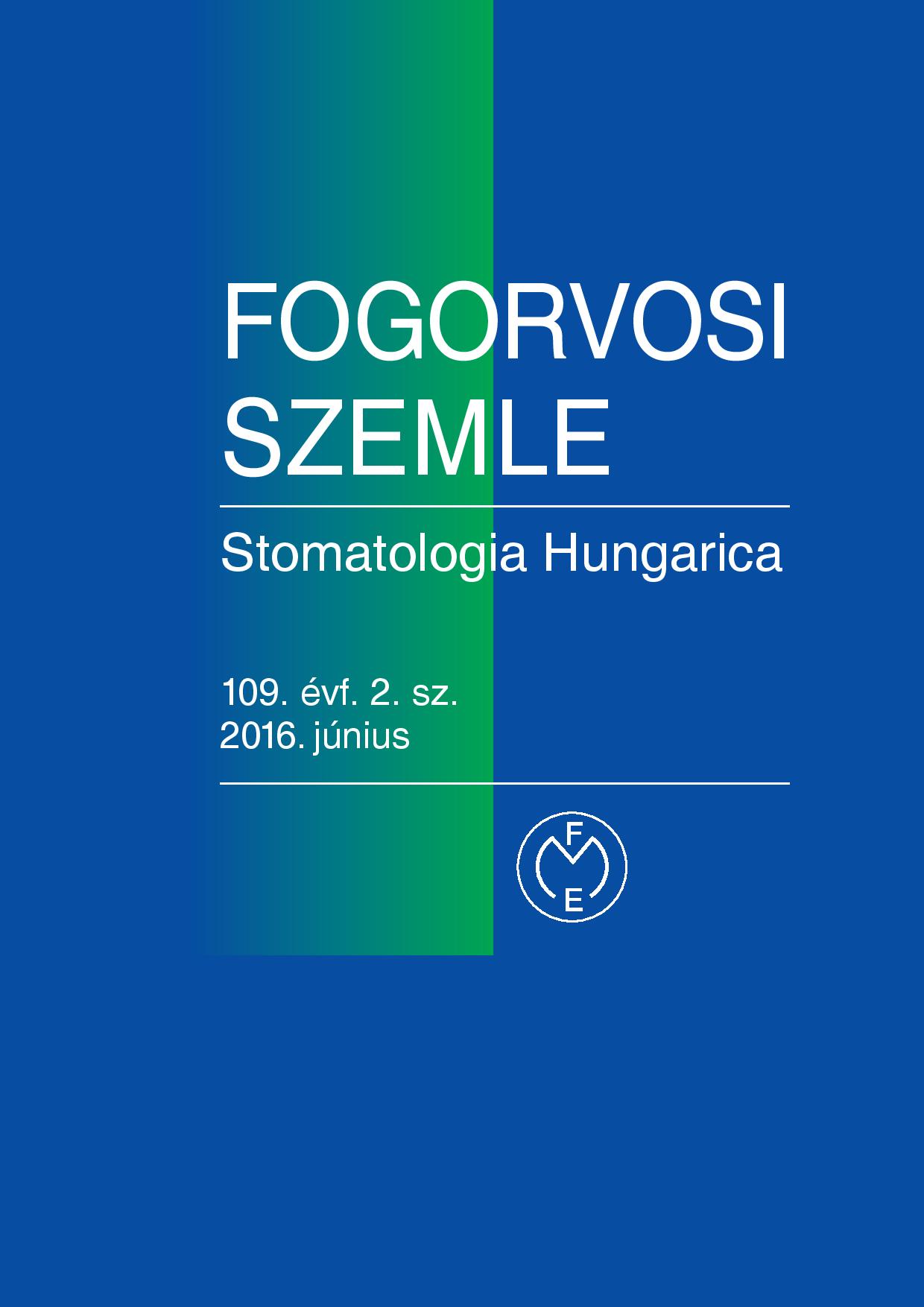Di Paolo’s cephalometrical analysis of lower face by means of Cone-Beam CT
Abstract
Object: 3D cephalometry is often the only way to set up accurate diagnosis and treatment plan in the field of reconstructive surgery. In these cases complement exposures are needed beyond common cephalograms with higher accuracy than conventional Cone-Beam CT. Consequently the aim of our study was to perform a complex 3D cephalometry. As the first step of this approach, was the 3D adaptation of DiPaolo’s Quadrilateral technique, and to determine norms of references in lower face by means of CBCT. Method: Thirty non-orthodontic CBCT scans were selected for the digitalization. The most important inclusion criteria was Class I occlusion. Locations of 55 landmarks were signed three times by three observers by means of Cranio Viewer software. Results: However Quadrilateral analysis contains only millimetric values we also integrate angles in the 3D version to determine the width of maxilla and mandible. In the 2D examination – where landmarks were projected to the middle plane. The SDs of the lengths were between 2,66 mm and 5,20 mm. The ratios of normodivergent lower face were significant different from the one by DiPaolo. In 3D adaptation there were no significant differences between the measurements of the two sides (p ≥ 0,05). We found mostly strong and significant correlations between each anatomical structure except of angles. Conclusion: Creation of 3D Quadrilateral cephalometry by means of strong correlation and norms of Class I occlusion provide a practical, reliable method to measure also the transversal asymmetry of lower face which is necessary part of 3D cephalometry.
Copyright (c) 2021 Authors

This work is licensed under a Creative Commons Attribution 4.0 International License.


.png)




1.png)



